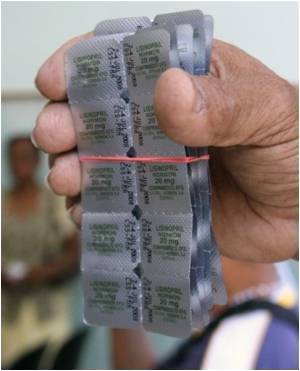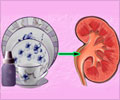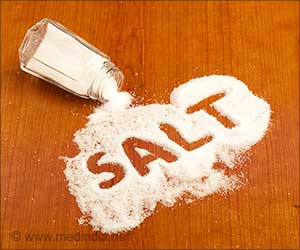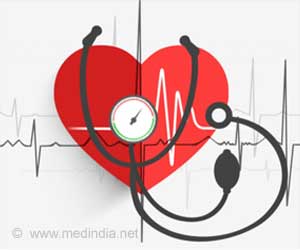
Additionally, "black-owned barbershops hold special appeal for community-based intervention trials because they are a cultural institution that draws a large and loyal male clientele and provides an open forum for discussion of numerous topics, including health, with influential peers." Ronald G. Victor, M.D., then of University of Texas Southwestern Medical Center, Dallas, and now of Cedars-Sinai Medical Center, Los Angeles, and colleagues conducted a randomized trial involving 17 black-owned barbershops in Dallas County, Texas between March 2006 and December 2008.
At the beginning of the study, nine barbershops were randomized into the comparison group. At these barbershops, 695 patrons with hypertension (an average of 77 per shop) received standard hypertension education pamphlets written for a broad audience. At the eight barbershops randomly assigned to the intervention group, 602 patrons with hypertension (an average of 75 per shop) received personalized, sex-specific health messaging, and were exposed to posters of other male hypertensive patrons of the same shop modeling treatment-seeking behavior. Additionally, barbers in the intervention group offered patrons blood pressure checks during haircuts. Follow-up data was collected from both groups after 10 months.
The enhanced barber-based intervention resulted in greater improvement in hypertension control. In the intervention group, the control rate for patrons with hypertension increased from 33.8 percent at baseline to 53.7 percent at follow-up, an increase of 19.9 percent. The control rate for patrons in the comparison group increased from 40 at baseline to 51 at follow-up for an increase of 11.1 percent. This resulted in an absolute between-group difference of 8.8 percent, with greater improvement in the barbershop group. Additionally, the rate of hypertension treatment increased 5 percent more in the intervention group than the comparison group (11.2 percent and 6.2 percent, respectively).
"The study addresses the newly recommended policy shift away from a traditional case-management system toward novel population-based systems and community-based support for persons with hypertension," the authors conclude. "The data add to an emerging literature on the effectiveness of community health workers in the care of people with hypertension: contemporary barbers constitute a unique workforce of community health workers whose historical predecessors were barber-surgeons."
Advertisement













